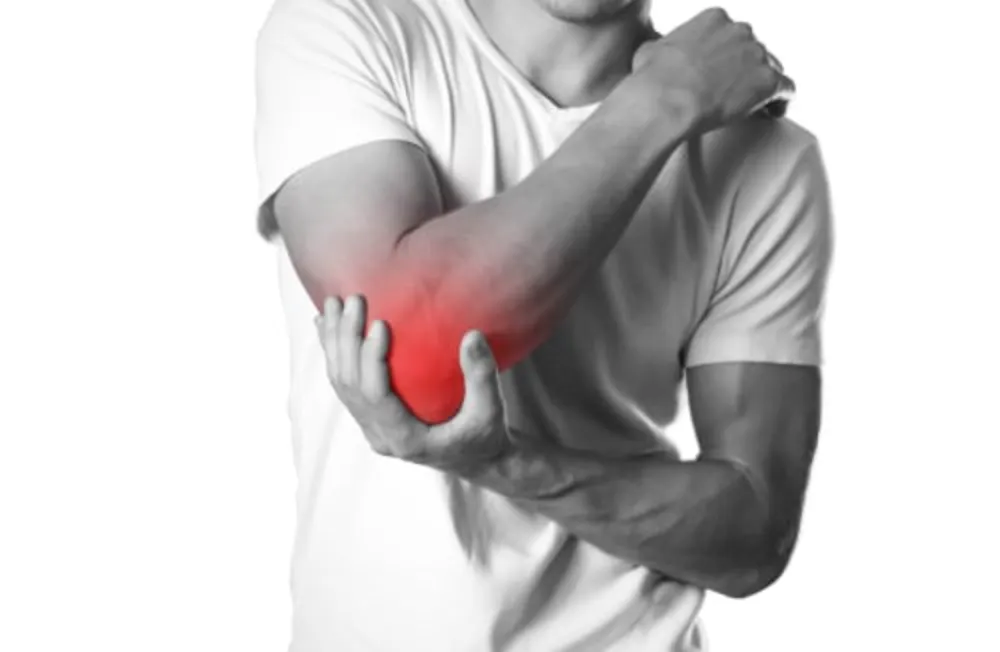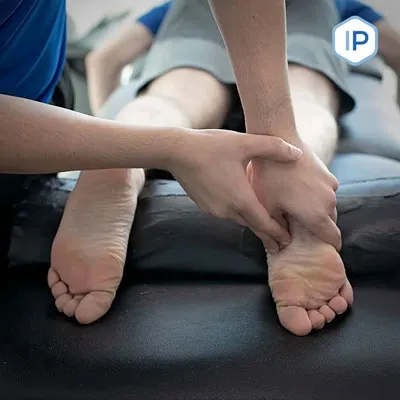Pain around the outer elbow with gripping, lifting or while weight training?
There’s a good chance it could be ‘Tennis Elbow’ – and no, you don’t always have to play a racquet sport to get this condition!
What’s Tennis Elbow?
Tennis elbow is a painful condition affecting the tendons on the outside of the elbow, it often develops when the demand of an activity exceeds the tolerance of these tendons.
This could happen with a quick increase in the amount of a certain movement you are doing at the gym, or a period of time where there is a lot of activity involving gripping and twisting, or indeed with more dynamic activities such as tennis!
Tennis elbow can emerge quickly, or sometimes develop over a longer period of time.
Often the pain ‘warms up’ with movement, only to come back the following day or even worsen.
We know that once in place this condition can last for several months, with ranges in the research given at between 6 and 24 months.
This relates to the poor ability of a tendon structure to heal as compared to other tissues in the body (for example muscles). This can mean many activities become painful and limited over time.
How to Treat Tennis Elbow
The first step in treatment is to understand what is causing the overload to the tendons and what is preventing their recovery. We can use the FITT principles to help us with this:
Frequency – how often (tendons often need longer to recovery between sessions than other tissues)
Intensity – how hard or intensely these tendons are working
Time – how long the aggravating activities are lasting for
Type – what type of activity is aggravating, is it more a slow grip based activity, or a faster more dynamic activity?
From here we can make modifications to these activities – and this doesn’t always mean stopping them completely – to allow the tennis elbow to begin to settle down.
We can speed this process up by using focused shockwave therapy (FSWT), a cutting edge technology that allows us to stimulate the tendons to heal better, alongside reducing the pain in the area.
From here we use an exercise approach for the tendons as well as strengthening other areas of the body that may be contributing to your symptoms.
Once we have built up the area so it can tolerate the demands required, we can gradually re-introduce those valued activities fully!
What now?
If this sounds like what you are experiencing, the best next step would be to get a full assessment to confirm an accurate diagnosis and if appropriate, to kick start the process with some shockwave therapy!


